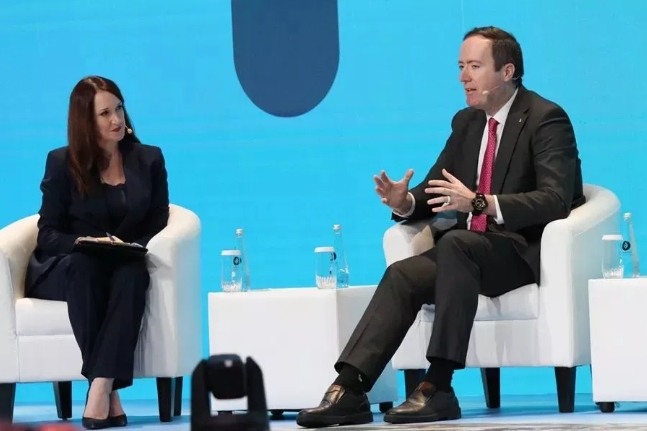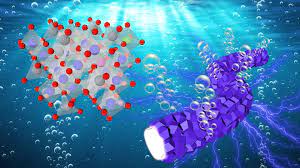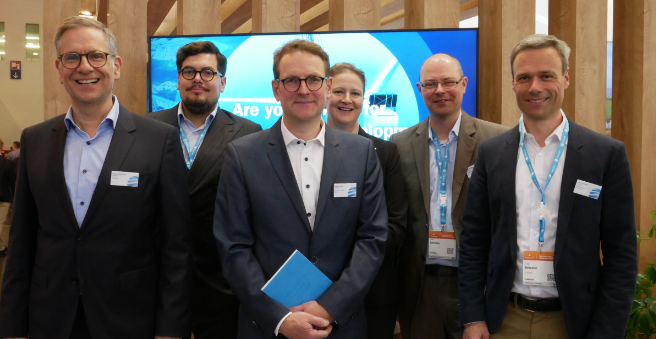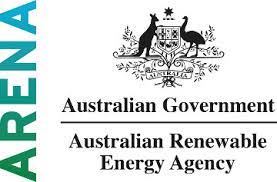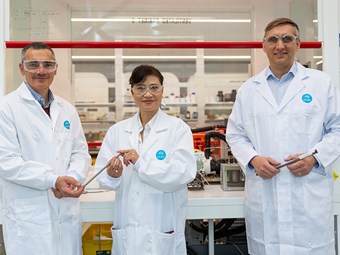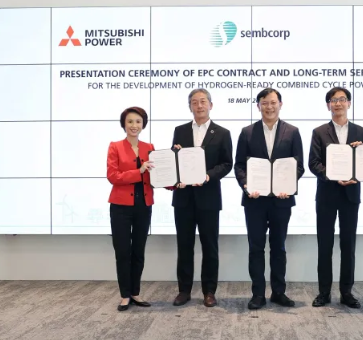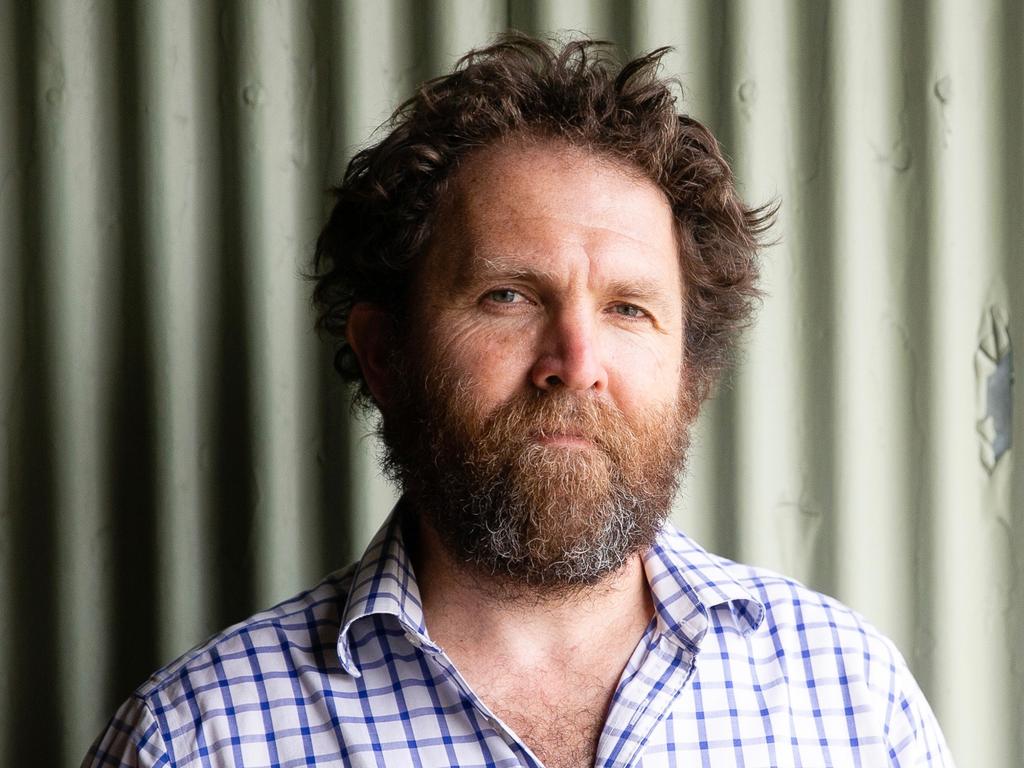Munich-based energy technology company Siemens Energy announced plans last week to produce green hydrogen at $1.50/kg by 2025 “based on large-scale commercial projects in operation.” Currently, the project is based on wind energy. The underlining assumptions are a cost of $16/MWh and a 100 MW electrolyzer running 16.4 hours a day on average. The German company is set to roll out its in-house proton exchange membrane (PEM) electrolysis technology to implement a gigawatt production of electrolyzers. Siemens Energy describes green hydrogen as “the second stage of the energy transition.”
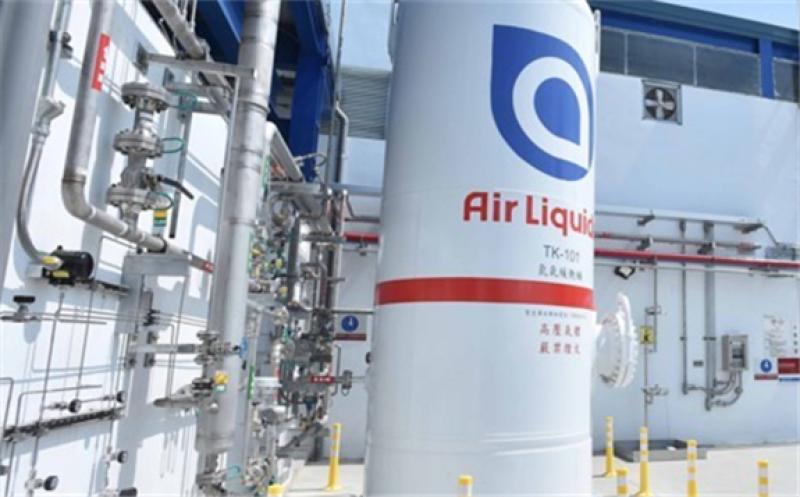 Air Liquide has completed the first phase of its ultra-high purity hydrogen production units by electrolysis in the Tainan Science Park in Taiwan. Image: Air Liquide
Air Liquide has completed the first phase of its ultra-high purity hydrogen production units by electrolysis in the Tainan Science Park in Taiwan. Image: Air Liquide
British energy company BP and UK gas distributor Northern Gas Networks (NGN) signed a memorandum of understanding last week to collaborate on hydrogen projects in the north of England. The two companies will study the impact of BP’s Teesside hydrogen plans on local industrial and domestic consumers. BP also announced last week a project to build a 1 GW blue hydrogen facility in the conurbation around the River Tees, covering 20% of the UK’s hydrogen target by 2030. “It’s fantastic to see BP planning to invest in hydrogen production at Teesside, placing our region at the forefront of a green recovery,” said NGN CEO Mark Horsley. The gas distributor said the conversion of the UK gas network to transport 100% hydrogen was economically viable. Pending regulatory approval expected in the next three months, NGN will start delivering a blend of 20% hydrogen to 670 properties in Winlaton, near Gateshead, while working to demonstrate the safety of hydrogen-fuelled appliances to earn the local population’s support.
Industry partners Arcelor Mittal Bremen, EWE, FAUN, Gasunie, swb and Tennet launched the Clean Hydrogen Coastline project in northern Germany on Wednesday. The project is aimed at integrating hydrogen technology into the German and European energy systems. Around 400 MW of electrolysis capacity should be deployed by 2024, with corresponding storage of hydrogen in the energy system. The project envisages total investments of up to €1.3 billion, Arcelor Mittal Bremen said in a statement. “We have the best conditions in northern Germany — the wind power region — to integrate hydrogen as an integral part of the energy system and lay the foundation for a European hydrogen economy,” commented EWE CEO Stefan Dohler.
South Korea-based industrial conglomerate Hyundai Heavy Industries Holdings (HHIH) and Saudi state-run oil company Saudi Aramco signed a memorandum of understanding to jointly developed hydrogen and ammonia-related businesses. The two companies are looking for cooperation opportunities in joint research and development and using subsidiaries to promote specific projects. Hyundai Oilbank, the oil refinery unit of HHIH, is to import liquefied petroleum gas (LPG) for conversion into blue hydrogen. It plans to open 300 hydrogen charging stations in the country by 2040. In the next three years, Hyundai Oilbank also expects to receive blue ammonia from Saudi Aramco and use it as fuel for liquefied natural gas (LNG) boilers. “The two parties will also strengthen cooperation in the shipbuilding business. Korea Shipbuilding & Offshore Engineering will be the first shipbuilder to develop a ship that can carry both liquefied petroleum gas cargoes and captured carbon dioxide at once,” HHIH said in a statement.
Abu Dhabi-based Mubadala Investment Company and Italian gas infrastructure specialist Snam signed a memorandum of understanding to collaborate on hydrogen projects in the United Arab Emirates. They will carry out technical and economic feasibility studies to promote hydrogen development in the Gulf and elsewhere. The companies have not explained what type of hydrogen they are focusing on. “This signing with Snam is an extension of our joint efforts to develop a hydrogen economy for the UAE, and we are committed to advancing the role hydrogen will play to meet future energy demand globally,” said Musabbeh Al Kaabi, CEO of UAE Investments at Mubadala Investment Company. Snam said it considered the UAE and Gulf region of strategic importance “because of their crucial role in the energy transition.”
The UK government announced an £11.2 million project to manufacture low-cost hydrogen fuel cell technology for buses and create a hydrogen center in Ballymena, Northern Ireland. “This will continue to level up our local economy, allowing Wrightbus to continue producing the next generation of world-leading hydrogen buses,” commented Secretary of State for Northern Ireland Brandon Lewis. Wrightbus Executive Chairman Jo Bamford aims to increase production and significantly lower costs. The investment is part of a £54 million package, including a project for electric propulsion systems for heavy goods vehicles in Wales and a second project for energy-saving technology for cars and vans in Warwickshire.
French industrial gas provider Air Liquide, through its majority-owned joint venture Air Liquide Far Eastern (ALFE), has completed the first phase of the construction of hydrogen electrolyzers in Taiwan. The €200 million plan announced in April 2020 aims to produce up to 5,000 Nm3 of ultra-high purity hydrogen per hour. The hydrogen will be used by the semiconductor industry and emerging hydrogen applications in the island. The group will continue the construction of its phase 2 to phase 5 hydrogen electrolyzer plants in Taiwan over the next two years for a total capacity of 25 MW.
The California Energy Commission, the primary energy policy and planning agency of the US state, awarded Sierra Northern Railway and GTI nearly $4 million to fund the design, integration and demonstration of a hydrogen fuel cell switching locomotive at the Port of West Sacramento. The project includes advanced hydrogen fuel cell, hydrogen storage, advanced battery and system control technologies. The demonstration project will collect data on the performance and the costs of the technology. “The potential California market for new hydrogen locomotives includes more than 260 switcher locomotives and up to 500 intrastate locomotives,” Sierra Northern Railway said in a statement.
Boeing subsidiary Insitu announced earlier this month that it completed the first flight of an unmanned aerial vehicle (UAV) powered by a hydrogen-fuelled, proton exchange membrane (PEM) fuel cell. The 30-minute flight conducted in December 2020 lays the ground for test flights using a Liquid Hydrogen (LH2) storage tank on the aircraft later this year. “The 3-D-printed LH2 tank is an industry first, and is expected to support 10+ hours of endurance for ScanEagle3,” the company said in a statement, explaining that fuel cells showed improved reliability and significantly lower logistics costs in comparison to small IC engine propulsion solutions. “For our global defence customers, fuel-cell-powered UAS [unmanned aircraft systems] in this Group 2 space represents a significant game-changer in the battlespace,” said Andrew Duggan, managing director of Insitu Pacific.
This article is reproduced at www.h2-view.com
For more information about the blue ammonia and blue hydrogen development, please visit:
